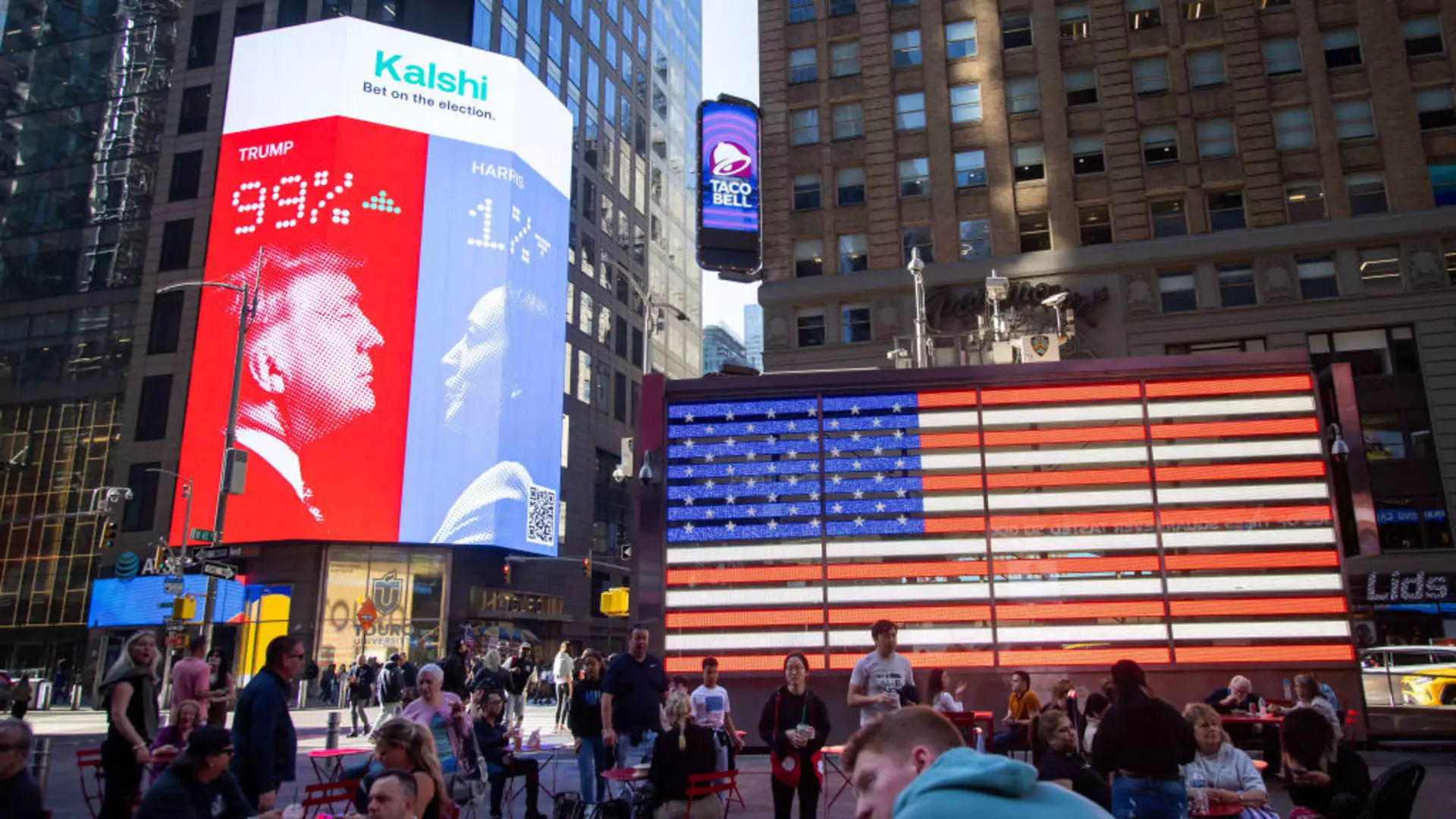The election of Donald Trump as President signified a pronounced shift toward pro-business norms, inciting enthusiasm in financial markets like never before. Jeremy Siegel, a distinguished finance professor at the Wharton School, voiced his opinions on this sentiment during a CNBC segment, marking Trump as potentially the most favorable president for stock market performance in American history. Siegel noted that Trump’s administration could usher in a new era of financial prosperity, attributing this prediction to his previously demonstrated focus on the economic index as a measure of success.
Following Trump’s victory, the stock market responded robustly, with analysts observing unprecedented growth phases. The S&P 500 index, widely regarded as one of the best representations of the stock market, achieved a remarkable increase of 4.66%, establishing a new trading threshold by surpassing the 6,000 mark for the very first time. Additionally, the Dow Jones Industrial Average joined the rally by exceeding the 44,000 benchmark. Such milestones are often interpreted as barometers of investor confidence, indicating hopeful expectations toward forthcoming policies.
In the wake of Trump’s electoral victory, certain sectors exhibited noticeable advancements. Tesla, backed by Trump supporter Elon Musk, illustrated a monumental 29% price spike, propelling its market capitalization back to $1 trillion. The banking sector also benefited significantly, with renowned institutions like JPMorgan Chase and Wells Fargo witnessing substantial gains as investors remained buoyed by the prospect of favorable regulatory environments.
Moreover, cryptocurrency markets, particularly Bitcoin, have reached staggering heights, fueled by expectations of lighter regulatory oversight under Trump’s administration. Investors in digital assets are rallying around the notion that looser controls could invigorate digital currencies, increasing their appeal as alternative investments. This juxtaposition highlights the multifaceted nature of market responses, where diverse assets are buoyed under the umbrella of perceived economic revival.
However, the promise of economic growth is tempered by the inherent risks that Trump’s trade policies may pose. The implementation of steep tariffs—one of Trump’s notable strategies—could ultimately result in unintended consequences, such as stifled growth and heightened inflation. This scenario becomes particularly troublesome as the Federal Reserve attempts to manage inflation by incrementally raising interest rates.
While corporate tax cuts are anticipated to persist and potentially flourish, Siegel expresses caution about the broader spectrum of Trump’s tax initiatives. The expectation that some of the more ambitious proposals may encounter significant challenges is justifiable given the complexities of legislative advancement.
The landscape of the American stock market stands on the precipice of significant transformation under Trump. The confluence of pro-business policies and rising market indicators paints an enticing picture; however, the looming specter of protectionist trade policies and potential inflationary pressures necessitates vigilant analysis. Investors must remain watchful, balancing the currently optimistic outlook against the unpredictable nature of economic strategies that this new administration will pursue. The path ahead may be fraught with volatility, presenting both opportunities and challenges for the market.

